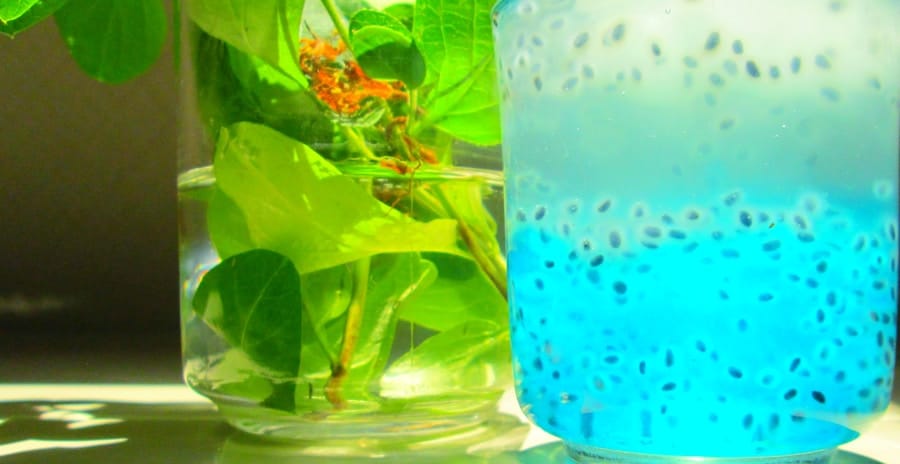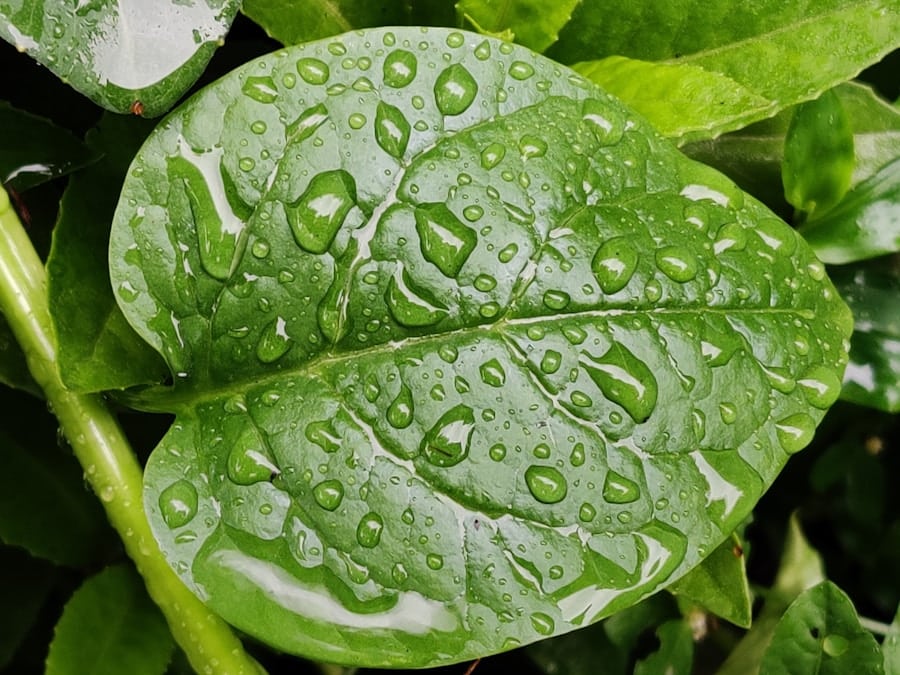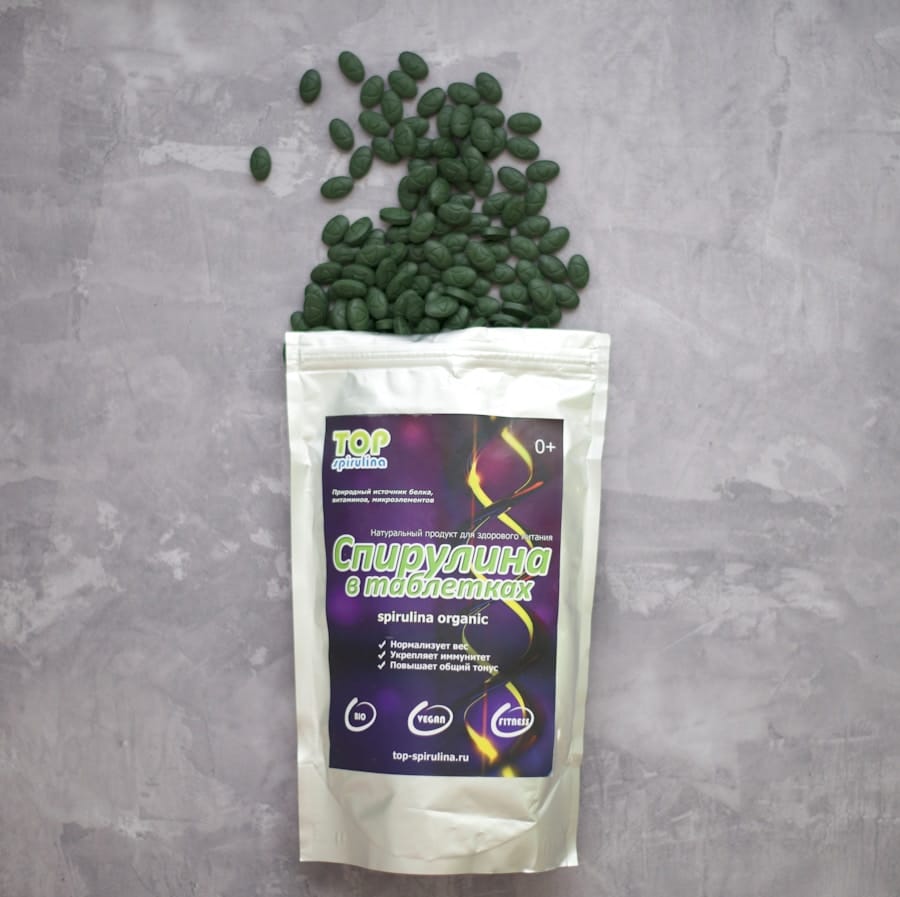Liquid fertilizers have gained popularity among gardeners and agriculturalists alike due to their numerous advantages over traditional granular fertilizers. One of the primary benefits is the speed at which plants can absorb nutrients. Unlike granular fertilizers, which require time to dissolve and be taken up by plant roots, liquid fertilizers are readily available for immediate uptake.
This rapid absorption can lead to quicker results, making them particularly useful for addressing nutrient deficiencies or providing a boost during critical growth phases. Moreover, liquid fertilizers offer a more uniform distribution of nutrients. When applied correctly, they can ensure that every part of the plant receives an adequate supply of essential elements.
This is especially important for container gardening or in situations where soil quality may vary significantly across a garden bed. The ability to mix liquid fertilizers with water also allows for precise control over nutrient concentrations, enabling gardeners to tailor their applications to the specific needs of their plants. This adaptability can lead to healthier plants and improved yields. Soil Compost is essential for maintaining healthy and nutrient-rich soil in your garden.
Key Takeaways
- Liquid fertilizer provides quick and efficient nutrient absorption for plants
- Consider the specific needs of your outdoor plants when choosing a liquid fertilizer
- Properly dilute liquid fertilizer and apply it evenly to avoid burning or overfeeding plants
- Maximize nutrient uptake by applying liquid fertilizer during the plant’s active growth periods
- Avoid common mistakes such as over-fertilizing or applying fertilizer to dry soil
Choosing the Right Liquid Fertilizer for Your Outdoor Plants
Selecting the appropriate liquid fertilizer for outdoor plants involves understanding the specific nutrient requirements of the plants in question. Different plants have varying needs based on their growth stages, types, and environmental conditions. For instance, leafy greens like lettuce and spinach thrive on nitrogen-rich fertilizers that promote lush foliage, while flowering plants such as tomatoes and peppers benefit from fertilizers higher in phosphorus to encourage blooming and fruiting.
Conducting a soil test can provide valuable insights into existing nutrient levels, helping gardeners make informed decisions about which liquid fertilizer to choose. In addition to considering the nutrient composition, it is essential to evaluate the formulation of the liquid fertilizer. Some products are designed for specific applications, such as foliar feeding or root drenching.
Foliar feeding involves spraying the fertilizer directly onto the leaves, allowing for quick absorption through the leaf surface. This method can be particularly effective for addressing micronutrient deficiencies. Conversely, root drenching ensures that nutrients are delivered directly to the root zone, which is crucial for overall plant health.
Understanding these distinctions can help gardeners select a product that aligns with their gardening goals and the specific needs of their plants.
Proper Application Techniques for Liquid Fertilizer

Applying liquid fertilizer effectively requires attention to detail and an understanding of best practices. One common technique is dilution; most liquid fertilizers need to be mixed with water before application. The recommended dilution ratio can vary by product, so it is crucial to follow the manufacturer’s instructions closely.
Over-concentration can lead to nutrient burn, damaging plant roots and foliage. Conversely, under-dilution may not provide sufficient nutrients for optimal growth. Using a measuring cup or syringe can help ensure accurate mixing.
Timing is another critical factor in the application of liquid fertilizers. Early morning or late afternoon is often considered the best time to fertilize, as temperatures are cooler and evaporation rates are lower. This timing allows plants to absorb nutrients more effectively without the stress of midday heat.
Additionally, applying liquid fertilizer after watering can enhance nutrient uptake by ensuring that the soil is moist enough to facilitate absorption. It is also advisable to avoid fertilizing during periods of drought or extreme weather conditions, as stressed plants may not respond well to additional nutrients.
Maximizing Nutrient Uptake with Liquid Fertilizer
| Benefit | Data/Metric |
|---|---|
| Increased Nutrient Absorption | Studies show that liquid fertilizers can be absorbed by plants up to 50% faster than granular fertilizers. |
| Reduced Nutrient Loss | Liquid fertilizers can reduce nutrient loss due to leaching or volatilization, leading to more efficient nutrient uptake by plants. |
| Precision Application | With liquid fertilizers, it is easier to apply the exact amount of nutrients needed by the plants, reducing waste and potential environmental impact. |
| Improved Plant Health | Plants that receive nutrients from liquid fertilizers tend to show improved overall health, including better growth, stronger roots, and increased resistance to diseases. |
To maximize nutrient uptake when using liquid fertilizers, several strategies can be employed. One effective method is to ensure that the soil pH is within an optimal range for nutrient availability. Most nutrients are best absorbed by plants when soil pH is between 6.0 and 7.0.
If soil pH is too high or too low, certain nutrients may become locked out and unavailable to plants, regardless of how much fertilizer is applied. Regular soil testing can help gardeners monitor pH levels and make necessary adjustments using lime or sulfur as needed. Another strategy involves incorporating organic matter into the soil before applying liquid fertilizer.
Organic matter improves soil structure, enhances moisture retention, and promotes beneficial microbial activity, all of which contribute to better nutrient uptake. Compost or well-rotted manure can be mixed into the soil prior to fertilization, creating a more conducive environment for roots to access nutrients. Additionally, using mulch around plants can help retain moisture and regulate soil temperature, further supporting healthy root development and nutrient absorption.
Avoiding Common Mistakes When Using Liquid Fertilizer
Despite its advantages, using liquid fertilizer can lead to several common mistakes that may hinder plant growth rather than promote it. One frequent error is over-fertilization, which can result in nutrient burn and damage to plant tissues. Gardeners should always adhere to recommended application rates and avoid the temptation to apply more in hopes of achieving faster results.
It is also important to recognize that different plants have varying tolerance levels for nutrients; what works for one species may not be suitable for another. Another mistake involves neglecting to consider environmental factors when applying liquid fertilizer. For instance, applying fertilizer just before heavy rainfall can lead to runoff and nutrient loss, reducing its effectiveness and potentially harming local waterways through nutrient pollution.
Similarly, fertilizing during periods of drought can stress plants further and inhibit their ability to absorb nutrients effectively. Timing applications based on weather conditions and plant needs is crucial for achieving optimal results.
Incorporating Liquid Fertilizer into Your Plant Care Routine

Integrating liquid fertilizer into a comprehensive plant care routine can significantly enhance plant health and productivity. Establishing a regular fertilization schedule based on plant growth stages is essential; for example, during the active growing season, more frequent applications may be necessary compared to dormant periods. Many gardeners find success by fertilizing every two to four weeks during peak growth times while reducing frequency during slower growth phases.
Observing changes in leaf color, growth patterns, and overall vigor can provide clues about whether plants are receiving adequate nutrition or if adjustments are necessary. For instance, yellowing leaves may indicate a nitrogen deficiency, prompting a targeted application of a nitrogen-rich liquid fertilizer.
By remaining attentive to plant needs and adapting care routines accordingly, gardeners can foster thriving outdoor spaces.
Monitoring and Adjusting Fertilizer Application for Optimal Growth
Monitoring the effects of liquid fertilizer on plant growth is an ongoing process that requires careful observation and sometimes experimentation. Keeping a garden journal can be beneficial; documenting application dates, types of fertilizers used, weather conditions, and observed plant responses allows gardeners to identify patterns over time. This information can inform future decisions about when and how much fertilizer to apply.
Adjustments may also be necessary based on seasonal changes or specific plant needs. For example, as temperatures rise in summer, plants may require more frequent watering and fertilization due to increased metabolic activity. Conversely, during cooler months or periods of dormancy, reducing fertilizer applications can prevent over-fertilization and support natural cycles of growth and rest.
By remaining flexible and responsive to changing conditions, gardeners can optimize their use of liquid fertilizers for sustained plant health.
Exploring Organic and Synthetic Options for Liquid Fertilizer
When it comes to liquid fertilizers, gardeners have a choice between organic and synthetic options, each with its own set of advantages and considerations. Organic liquid fertilizers are derived from natural sources such as compost teas, fish emulsion, or seaweed extracts. These products not only provide essential nutrients but also improve soil health by promoting beneficial microbial activity.
Organic fertilizers tend to release nutrients more slowly than synthetic options, which can lead to more sustainable growth patterns over time. On the other hand, synthetic liquid fertilizers are formulated with precise nutrient ratios that can deliver immediate results. They often contain concentrated forms of nitrogen, phosphorus, and potassium (N-P-K), allowing for targeted applications based on specific plant needs or deficiencies.
However, reliance on synthetic fertilizers can lead to issues such as nutrient leaching and soil degradation if not managed properly. Gardeners must weigh the benefits of quick nutrient availability against the long-term health of their soil ecosystem when choosing between organic and synthetic options. In conclusion, understanding the benefits of liquid fertilizers and how to use them effectively can significantly enhance outdoor gardening efforts.
By selecting the right products based on plant needs, applying them correctly, and monitoring their effects over time, gardeners can create thriving environments that support healthy growth and abundant yields.
If you are looking to enhance the growth of your outdoor plants, consider using liquid fertilizer. This nutrient-rich solution can provide your plants with the necessary elements for healthy development. For more information on how to properly care for your plants, check out this article on how to grow raspberry plants in containers. It offers valuable tips and techniques for successfully cultivating raspberries in a container garden.
FAQs
What is liquid fertilizer for outdoor plants?
Liquid fertilizer for outdoor plants is a concentrated nutrient solution that is mixed with water and applied to the soil to provide essential nutrients to the plants. It is a convenient and effective way to feed plants and promote healthy growth.
What are the benefits of using liquid fertilizer for outdoor plants?
Liquid fertilizer is quickly absorbed by the plants, providing an immediate boost of nutrients. It is also easy to apply and can be used to target specific nutrient deficiencies in the soil. Additionally, liquid fertilizer can be applied through foliar feeding, allowing the plants to absorb nutrients through their leaves.
How often should liquid fertilizer be applied to outdoor plants?
The frequency of liquid fertilizer application depends on the specific needs of the plants and the type of fertilizer being used. In general, it is recommended to apply liquid fertilizer every 2-4 weeks during the growing season. However, it is important to follow the instructions on the fertilizer label for specific guidelines.
What nutrients are typically found in liquid fertilizer for outdoor plants?
Liquid fertilizers for outdoor plants typically contain a balanced mix of essential nutrients, including nitrogen, phosphorus, and potassium (N-P-K), as well as micronutrients such as iron, magnesium, and calcium. Some liquid fertilizers may also contain organic compounds and beneficial microbes to support plant health.
How should liquid fertilizer be applied to outdoor plants?
Liquid fertilizer should be diluted with water according to the instructions on the product label. It can be applied directly to the soil around the plants, or sprayed onto the foliage for foliar feeding. It is important to avoid over-fertilizing, as this can damage the plants. Always follow the recommended application rates and guidelines.

